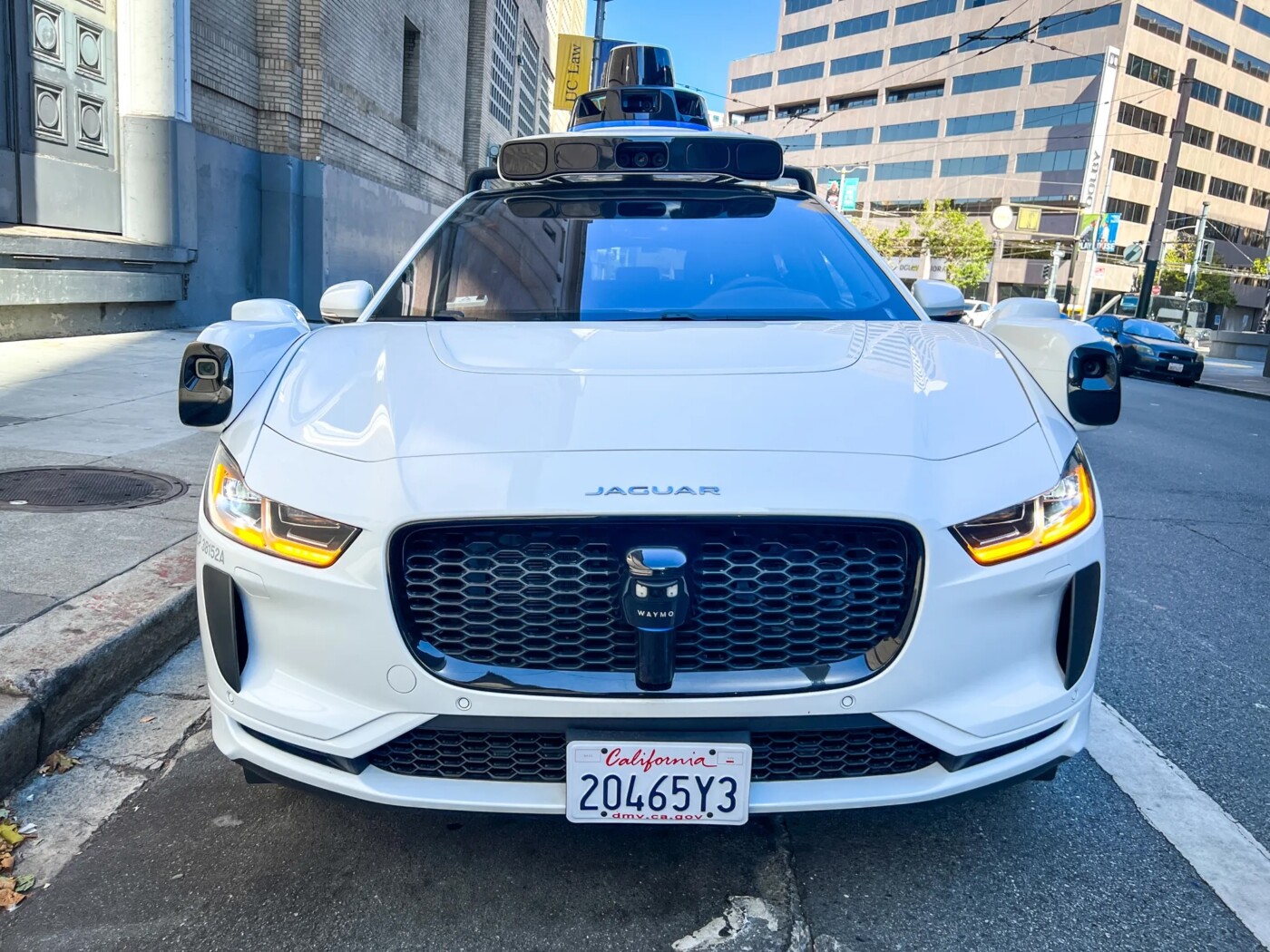MAYOR DANIEL LURIE has announced that Waymo autonomous vehicles will begin operating on Market Street as soon as this summer, grouping them with other modes of public transportation. Opposition groups claim it will make Market Street more dangerous and hurt public transit.
Private vehicles have been banned from a 2.2-mile stretch of the road from Main Street to 10th Street since 2020, as part of a Better Market Street initiative. Public transit, taxis, bicycles, commercial and emergency vehicles remain.
In a joint public statement following Lurie’s announcement on Thursday, several organizations called on the mayor’s office to rescind the decision. Groups denouncing the mayor’s decision include Kid Safe SF, the San Francisco Bicycle Coalition, San Francisco Transit Riders and Walk San Francisco.
“For the past five years, Market Street has been free of private cars, resulting in a far safer corridor, with faster, more efficient transit service. Undoing those successes, the result of two decades of work by city agencies, elected officials, and advocates, moves San Francisco in the wrong direction. It is a step backward to a chaotic, dangerous Market Street that serves no one’s purposes, including businesses,” the group’s statement said.
The announcement from the mayor’s office described Waymo’s arrival on Market Street as a complement to the city’s existing transportation options. It quoted Waymo co-CEO Tekedra Mawakana who said residents and visitors take “tens of thousands” of Waymo rides a week.
“This will undoubtedly be a game-changer for our students, especially for those who attend weekly programs and classes,” said Brandon Cox, CEO of the LightHouse for the Blind and Visually Impaired San Francisco, which is located on Market Street.

The World Economic Forum, an international nonprofit that studies urban development, advocates for AVs as a future mode of public transportation for the world’s rapidly growing cities. At an annual meeting in October, AVs were discussed as a solution to traffic management in conjunction with existing modes, providing the last mile connection, bridging the gaps between transit hubs and destinations. They also provide mobility and independence to people with disabilities. But it warns that the benefits could degrade if their integration is not done in a rational and equitable way.
“Integrating AV and public transit leverages the strengths of both systems to address diverse urban mobility needs,” according to a World Economic Forum blog. “But we cannot take this complementary scenario for granted — AV and public transit may very well turn out to be competitive, hurting both as a result.”
Muni’s website announced service cuts beginning this summer, due to a $50 million budget shortfall.
“We never want to cut Muni service. But we are forced to make a cut this summer because of our financial crisis,” the announcement said. “Beginning in July, we won’t be able to afford to replace transit operators, maintenance or cleaning staff. Service cuts are currently expected to take effect on June 21.”
“Allowing Waymo exclusive access to Market Street essentially creates a nearly two-mile-long city-sanctioned monopoly for the Google-owned tech company — all while the city is cutting vital Muni service on the same corridor,” said Dylan Fabris, the community and policy manager at San Francisco Transit Riders. “Transit riders will now not only need to deal with increased transfers and delays brought on by upcoming service cuts, but also the delays and hazards caused by a fleet of new Waymo vehicles flooding Market Street.”
In a March 31 statement, the mayor’s office stated that by 2024, the San Francisco Municipal Transportation Agency saw the highest volume of growth in Muni ridership since 2019, with recovery at 75% of 2019 levels.
The 2024 data showed a total of 158 million passenger trips, reflecting an increase of 13.5 million trips compared to 2023.


The mayor’s statement acknowledged the $50 million budget deficit starting this July, and projects that number growing to a $320 million deficit when federal and state one-time relief funds are exhausted by June 2026.
Lurie pointed to new leadership at SFMTA and Muni that will work with experts to tackle the fiscal challenges.
Dating back to the 1800s and throughout San Francisco’s history, Market Street has served as a main route to and from the city’s downtown economic core. The corridor has undergone transformative changes since it was originally surveyed in 1843, including the introduction of cable cars, reconstruction following the devastating 1906 earthquake, and the addition of underground transit service.
Waymo will begin mapping the Market Street corridor in the coming days with human autonomous vehicle specialists behind the wheel.
The post Autonomous vehicles permitted on SF’s Market Street, joining public transit space appeared first on Local News Matters.
